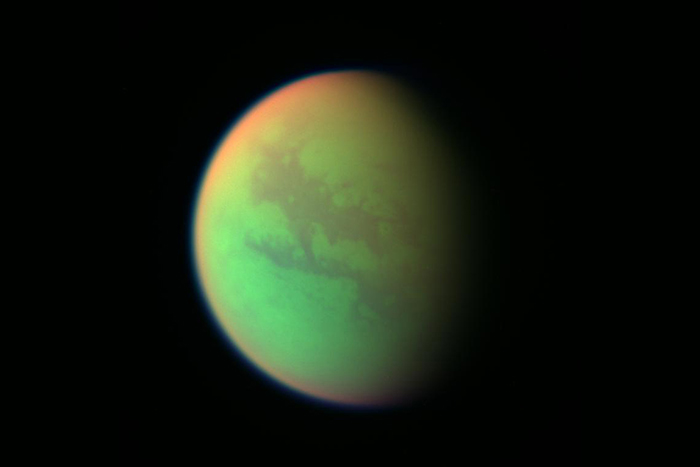Press Release
Johns Hopkins APL Scientist Ralph Lorenz Wins Choice Award for Climate Science History Book
Ralph Lorenz, a planetary scientist and aerospace engineer from the Johns Hopkins Applied Physics Laboratory in Laurel, Maryland, received an Atmospheric Science Librarians International Choice Award on Wednesday for his book on the history of planetary climate research.
ASLI is a professional association that promotes atmospheric science research and scholarship. Every year, the organization honors three books published in the last year that members consider exceptional at narrating topics on weather, climate and the atmospheric sciences for audiences ranging from children to professional researchers. The books are judged on various factors, including their breadth of coverage, unique angle on a subject and illustrations and diagrams, and are awarded in one of three categories — general, history and popular.
Lorenz’s book “Exploring Planetary Climate: A History of Scientific Discovery on Earth, Mars, Venus and Titan,” received the history award during the 100th American Meteorological Society meeting in Boston.
“It’s wonderful that my book has received this recognition,” said Lorenz, who has now written a dozen books on topics ranging from how Frisbees fly to how sand dunes form and function on different planets. “It was great fun to put together, to lay out the story of how we have progressively understood our own climate and weather, alongside learning about conditions on other planets.”

Credit: NASA/JPL/Space Science Institute
Lorenz’s book leverages his decades of experience in planetary science to take readers on a journey through the history of climate science and planetary exploration. Readers travel from early 17th-century astronomers peering through telescopes to see clouds and ice caps on nearby planets for the first time, to today’s researchers making cutting-edge discoveries and analyses of exoplanets found light-years away. All the while, they see how the study of climates on other worlds influenced scientists’ understanding of our own climate here on Earth. And it continues to do so today.
Among the planets Lorenz considers is Saturn’s haze-covered moon Titan, a place he has spent almost his entire career studying. He worked nearly 30 years on the Cassini-Huygens mission, which provided the first detailed analyses and images of Titan’s surface. And he’s currently the mission architect for Dragonfly, the APL-led NASA mission that will send a rotorcraft to Titan to explore the moon’s prebiotic chemistry — the potential building blocks for life.
“In the 1980s, ideas about ‘nuclear winter’ on Earth were shaped by theories about the anti-greenhouse effect on Titan,” Lorenz said. “And for more than a century, we grappled with what drove the ice ages on Earth, and struggled to understand how that might relate to the climate on Mars. These intertwined developments, tied up with undersea and polar exploration as well as death-defying balloon ascents, are now entering a new era as we learn about extreme climates on exoplanets.”
